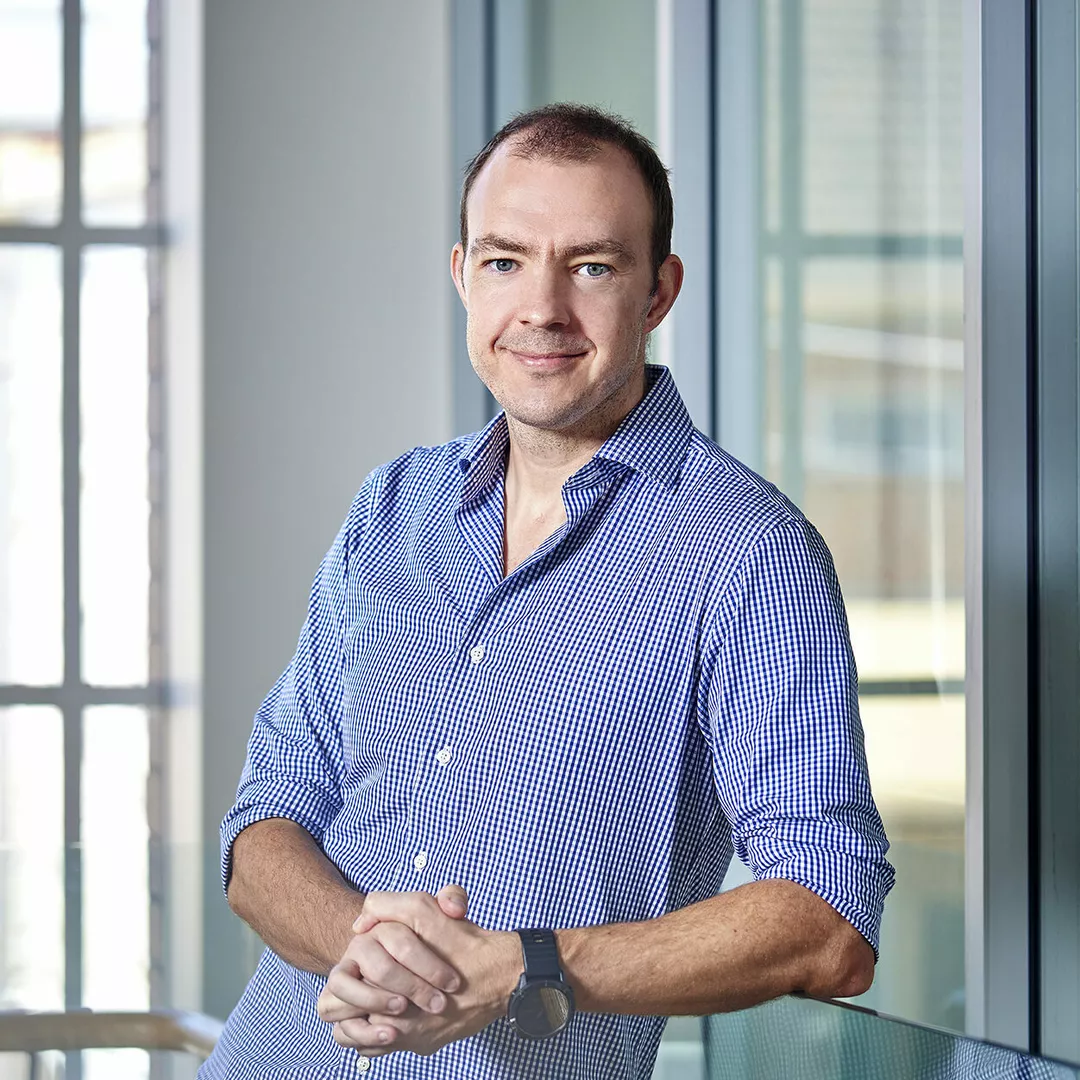
With the new pressure myograph system and existing experimental approaches, the team is set to work closely with collaborators at St Vincent’s Hospital, Sydney to investigate biomarkers of septic shock in those patients within the hospital’s catchment area, with the aim to expand the research to more regional centres. Ultimately, samples will be collated from both Indigenous and non-Indigenous patients, allowing the team to understand the differences in sepsis between the populations in the hope of developing new treatments in the future.

